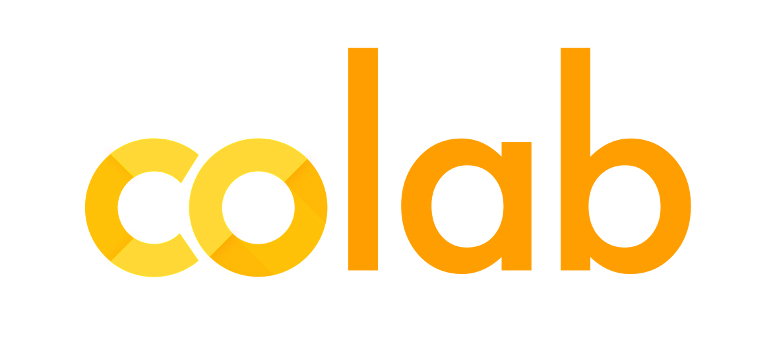What is Google Colab?

It’s very safe to assume AI is going to be a major player in the near future, and it’ll probably be involved in our lives in more ways than we can currently imagine. Because of this, there are lots of people fascinated with deep learning, data science and neural networks.
After all, it’s difficult not to get excited about it when news break out every day, with AI being the protagonist of helping to find life in space, reconstruct images from brain activity, and other seemingly techno-magical stuff.
However, if you get into it, you soon realize that aside from some pretty heavy IT, statistics and math knowledge, you also need hardware. This is when Google Colab comes in handy.
Google Colaboratory or Google Colab for short works a bit like Jupyter Notebook. In case you didn’t know, this is one of Python’s developers most favored software since it allows you to code directly on your browser.
Colab is basically a Jupyter Notebook on the cloud. Instead of using your own hardware to perform CPU or GPU intensive workloads, you use the cloud for it. And it also brings free access to storage, memory and even tensor processing units.
Additionally, Google Colab is developed in such a way you won’t need anything else. If you need to show your project to somebody else, you can execute code, show images, charts, graphs and a lot more.
Best of all, you don’t need to install anything or deal with Python modules in your hard drive. In a nutshell, it’s coding on the cloud. You can also import your previous Jupyter Notebook projects to it, too.
Google Colab under the hood
If you’re a developer, you might wonder about Google Colab’s specs, availability of modules, and more. The good news is the service is pretty flexible. To start, you get free access to a GPU powered by an Intel Xeon CPU @2.20 GHz, 13 GB RAM, Tesla K80 accelerator and 12 GB DDR5 VRAM.
The TPU is an Intel Xeon CPU @2.30 GHz, 13 GB of RAM and a cloud TPU with 180 teraflops. Both GPU and TPU are free for up to 12 hours, and if you need more, you can opt for Colab Pro and Pro+.
What about libraries? Google Colab comes with a lot of pre-installed ones, including the most popular ones like NumPy, Pandas, Matplotlib, TensorFlow and other ML-oriented ones. But if you need something else, by simply adding a “!pip install” line to your code, you’ll be good to go.
It’s also integrated with GitHub so you no longer need to use the terminal or other software. By linking your GitHub with Google Colab, you can import and export code with a couple of clicks.
Is it worth it?
Google Colab is pretty generous to say the least. If you’re getting into AI programming, it’s a sure bet that offers much welcomed quality-of-life improvements for newcomers. Even though it’s oriented to Machine Learning, Neural Networks and other AI-training methods, it’s still a competent choice for anyone learning Python. I recommend you give it a shot, after all, it’s free!
Thank you for being a Ghacks reader. The post What is Google Colab? appeared first on gHacks Technology News.
gHacks Technology News

